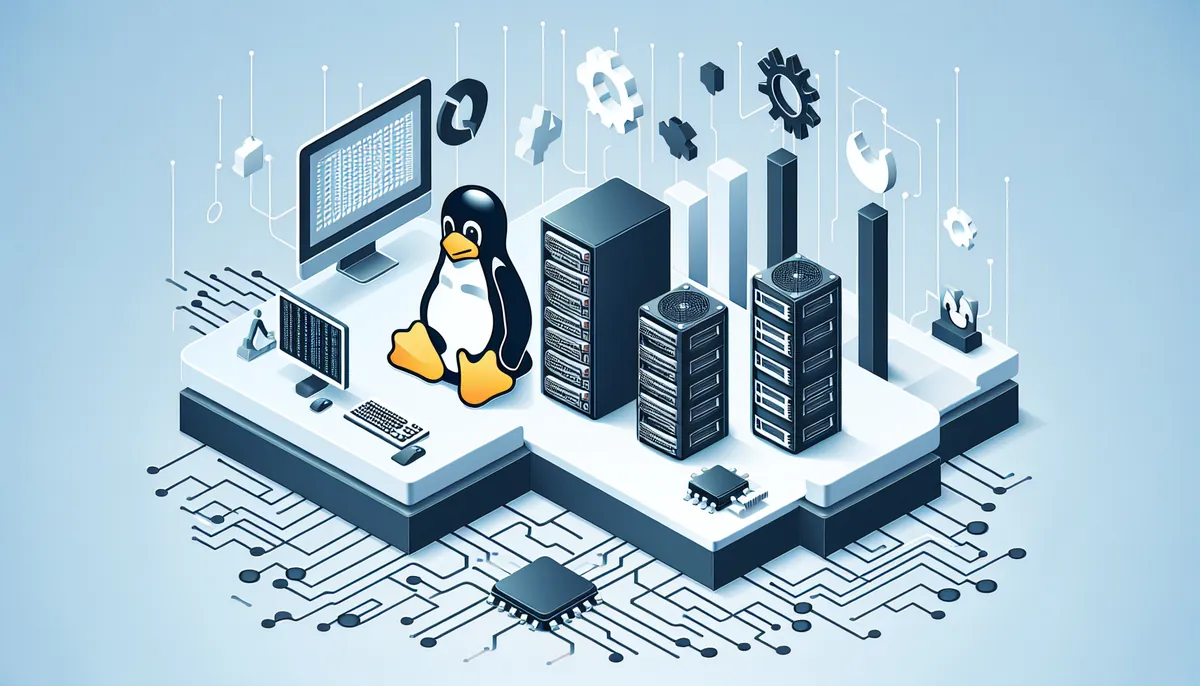Understanding Linux Sudo: Complete Guide to Superuser Permissions
Linux’s sudo command is one of the most powerful and fundamental tools in system administration, yet it’s often misunderstood or misused. In this comprehensive guide, we’ll explore everything you need to know about sudo, from basic usage to advanced configuration and security best practices. What is Sudo? Sudo (Superuser Do) is a command that allows … Read more










